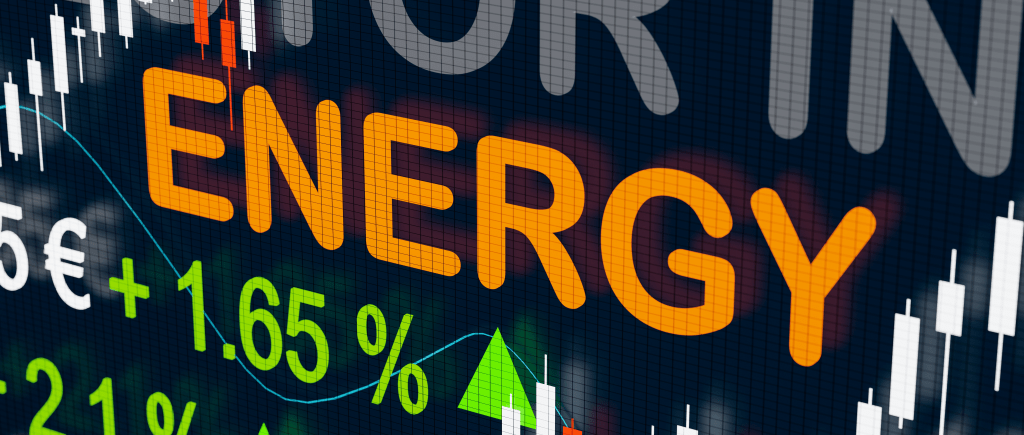Late in the North American session, US crude oil rises 0.50% as it ignores concerns about the global economy. In response to concerns about an imminent recession and political unrest in Russia, WTI, the US crude oil benchmark, recovers after two days of losses and increases by more than 0.50%. WTI thus touched a daily low of $68.71 and is now trading at $69.49 per barrel late in the North American session.
As investors responded to the weekend’s brief and disorderly uprising in Russia, the price of oil, natural gas, and wheat all increased on Monday. The question of whether the unrest in Moscow would affect the supply of commodities globally dominated the markets. Russia is the world’s top exporter of wheat and the second-largest exporter of oil.
US crude oil futures rose by 1.3% for a brief while before moving up by 0.8% by 12.15 p.m. ET. The international standard for crude oil, Brent, increased by 0.7%. Last week, each contract lost close to 4%.
Economists do not anticipate to see such a substantial increase in oil prices given that the brief event that occurred this past weekend in Russia appears to have come to an end. Analysts contend that Russia’s internal unrest has heightened the geopolitical risk.
Benchmark prices for European natural gas were up 10% from Friday’s close to trade at €36 ($39) per megawatt hour. Prices have shot up over the past few weeks, mostly because of outages at some Norwegian gas plants. News that a Dutch gas field will close permanently in October has also boosted prices.
Russia’s gas exports to Europe have fallen sharply since its full-scale invasion of Ukraine in February 2022, but it still supplied 15% of EU demand last year.
Chicago wheat futures gained more than 2% in early trade before slipping back. Russia’s wheat exports are forecast to hit a record 45 million tons this year, putting it well ahead of the next biggest exporter, the European Union, according to the US Department of Agriculture.
Russia glimpsed the threat of armed insurrection over the weekend, with Wagner Group mercenaries marching toward Moscow as President Vladimir Putin vowed retribution, before a sudden deal seemed to defuse the crisis as quickly as it had emerged.
Although the immediate risk of bloodshed appears to have dissipated, much remains uncertain. US Secretary of State Antony Blinken said Sunday that the insurrection shows “cracks” in Putin’s role as a leader of the country.
The potential risks to watch may be on any renewed opposition from the Russian public to Putin’s leadership,” said Yeap Jun Rong, market analyst at IG Group.
Signs that global energy demand could weaken as economies slow have pushed US crude prices down by nearly 14% so far this year to just under $70 a barrel. The international benchmark, Brent crude, is down by a similar margin.
But anything that could jeopardize Russia’s ability to keep supplying global energy markets will be watched anxiously by policymakers in the West and by the country’s biggest customers in Asia.
Reacting to the short-lived Wagner insurrection, the Russian ruble opened at its lowest level in nearly 15 months. It last traded down about 1% at 84.4 per US dollar.
The weekend developments in Russia increase the potential uncertainty over coming days but seem to have limited market impact at the open. Last Friday, global markets fell broadly as investors became increasingly worried that more interest rate hikes by central banks would tip major economies into a prolonged recession.
Federal Reserve Chair Jerome Powell said last Wednesday that further rises in interest rates were likely necessary this year to bring US inflation down to the central bank’s 2% target.
This was followed by a sharper-than-expected hike in UK borrowing costs by the Bank of England Thursday, which opted for an increase of half a percentage point after data earlier this week revealed surprisingly stubborn inflation.
And then on Friday, data showed that Japanese inflation excluding fresh food and energy costs hit a 42-year high of 4.3%, fueling speculation the Bank of Japan might rethink its loose monetary policy and start tightening.
 Noor Trends News, Technical Analysis, Educational Tools and Recommendations
Noor Trends News, Technical Analysis, Educational Tools and Recommendations





